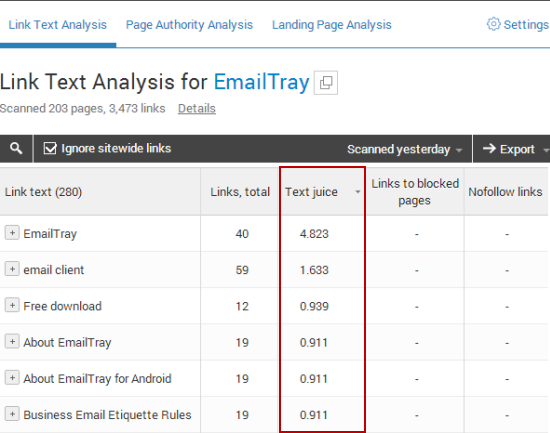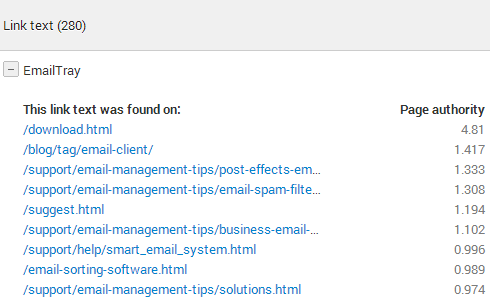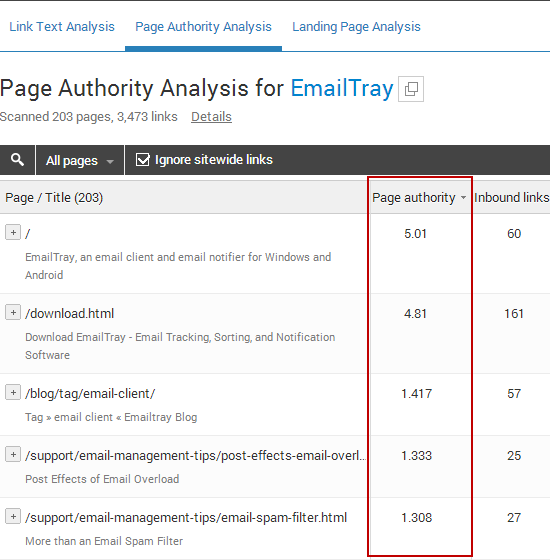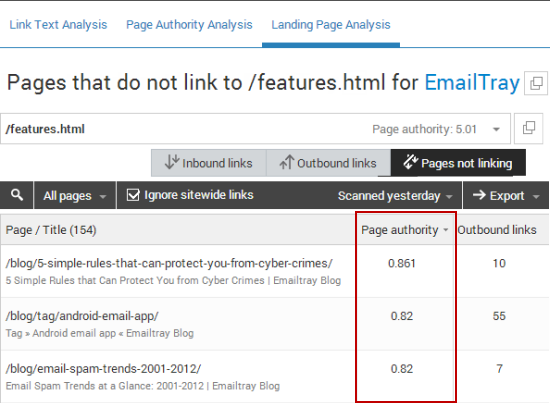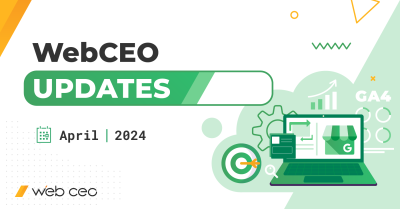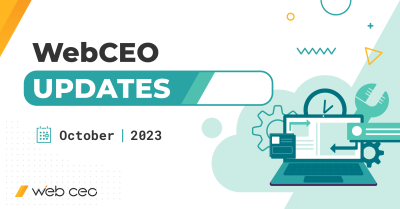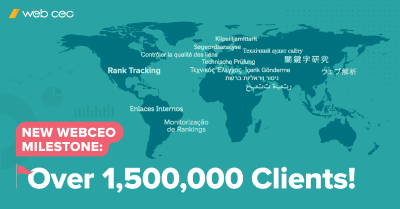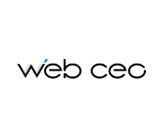
Website structure optimization, link juice sculpting, improving internal linking – all this sounds familiar, doesn’t it? It’s the year 2014 and we will now explain again why internal links optimization is vitally important to get high rankings.
The Google Hummingbird update was implemented by Google to improve user experiences. As more and more searches are performed with voice search and the importance of semantic search grows, Google pays more attention to factors such as a site’s theme, long tail keywords and structured data. This means you can get additional search engine exposure if you make your site’s theme clear.
Search engines award top keyword rankings to the site that proves that it fits the subject of the search query the best.
Your primary goal of up-to-date SEO is to improve your website so it matches more than targeted keywords – it also matches the theme of a search query.
How to Make Search Engines Understand What Your Site is About
Step 1. Determine how search engines see your site theme now.
Google is constantly improving its algorithm to measure subject relevance in order to award rankings. Internal links structure optimization is not the only way to get high rankings, but without it the on-page relevancy battle is lost.
To check what internal link anchor texts are the most authoritative (i.e. establish the theme of your website in the eyes of search engines), go to the ‘Link Text Analysis’ report of the WebCEO Online Internal Links Optimization tool.
At the top of the report you will see the link texts that are the most authoritative (have the most text juice). You can check where the link texts were found and what authority the pages the texts are on have.
Link text analysis helps you understand what keyword phrases establish your site’s theme now and allows you to fine-tune your internal link anchor texts to help you get higher ranking for your targeted search queries.
What you should remember:
1. “Diversify or Die” – this is what Jack Trout would say if he was a search marketer. Your internal links anchor texts should be diverse. Search engines may consider an excessive number of the same link texts spammy. Use link texts to build your site’s semantic field: use synonyms, long-tail keyword phrases, etc.
2. Don’t waste valuable real estate to say “Click here.”. It is always better (for both visitors and search engines) to know what they will find after a click. Say “Read more about internal links optimization” instead of “Learn more.”
Step 2. Discover the most authoritative pages of your site.
Use the ‘Page Authority Analysis’ report of the WebCEO Online Internal Links Optimization tool to see how authoritative pages of your site now are. The page authority is calculated with the help of a special formula crafted by the WebCEO developer team. This formula takes into account the amount of internal links pointing to the analyzed page and the authority of the linking pages, and the number of the outbound links. This is the method Google uses to calculate PageRank but applied to one site, not the whole web.
If you linked your internal pages without careful analysis, you may be surprised with the way the page authority is distributed through your site. The page authority analysis helps you to link your pages to pass the most link juice to the important pages.
What you should remember:
Your landing pages (the pages that will convert visitors) should be the most authoritative. Remember to use your keyword phrases when you link to them.
Step 3. Find link opportunities to help your landing pages rank higher.
After you’ve analyzed how authoritative your landing pages are, you may want to improve their authority by linking to them from the pages that will pass a good amount of link juice. Use the ‘Pages not linking’ report to find link opportunities.
Here you will get the list of the pages that do not link to your landing pages. Analyze their page authority and the number of outbound links to choose the most beneficial ones and link them to your landing pages.
What you should remember:
1. The most beneficial links are from places on relevant pages and should be surrounded by content explaining to the search engines what the linked page is about.
2. Do not try to manipulate search engines with repeated exact matching anchor texts. Your internal linking structure should look natural.
When you link to your landing pages from the most authoritative pages of your site, go to the ‘Page Authority Analysis’ of the WebCEO Internal Links Optimization tool and rescan your site to be sure the link juice is distributed the way you need.
If you’ve been with WebCEO Online for a while, we thank you. I hope our new Internal Links Optimization tool makes you a more efficient online marketer than ever before.
If it happens that you haven’t yet tried WebCEO Online, sign up for a free 14-day trial and check out our new look and feel.
